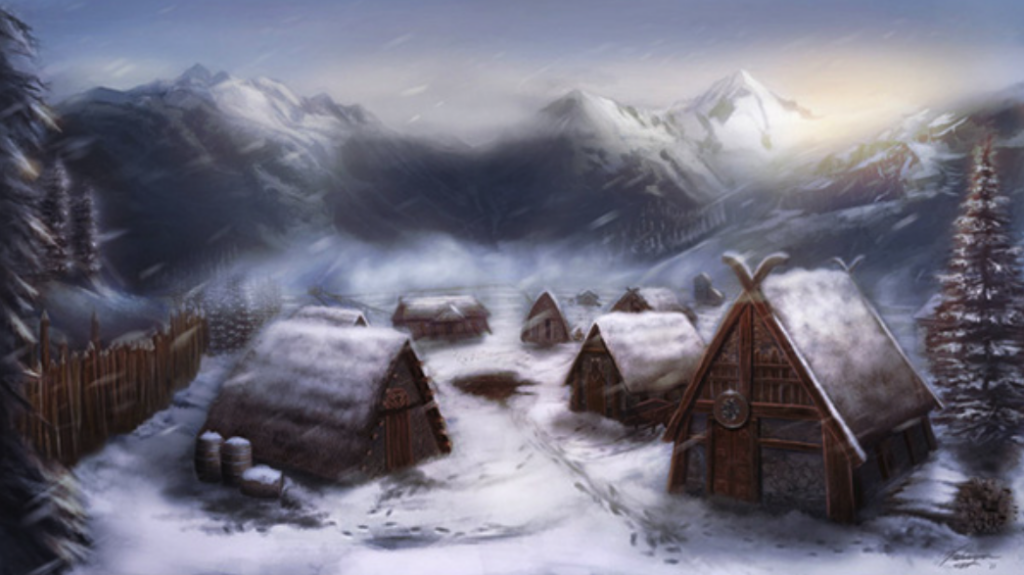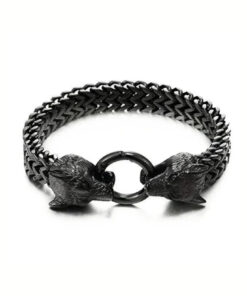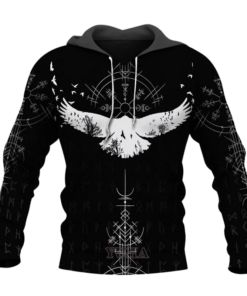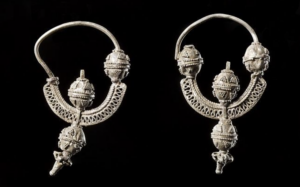Canada is known for its breathtaking natural beauty, diverse cultures, and rich history. However, few people know that the first people to settle in what is now Canada were in fact the Vikings, hundreds of years before Christopher Columbus and other Europeans arrived in North America. In this article, we will explore what is known about the Viking presence in Canada and their remarkable achievements as the earliest inhabitants of the country.
Who were the Vikings?
The Vikings, also known as Norsemen, were seafaring Norse explorers, traders, settlers and warriors originating from Scandinavia (present-day Denmark, Norway and Sweden). From around 800-1050AD, during the Viking Age, they began exploring and colonizing parts of Northern Europe. They were skilled sailors who constructed longboats which allowed them to travel vast distances for trade and conquest.
While popularly portrayed as violent raiders and pirates, the Vikings were also farmers, merchants and artisans. After exploring new territories, some would settle down and intermingle with local populations. Their settlers established permanent colonies across Northern and Western Europe including parts of Britain, Ireland, Iceland and Greenland. Exploration also brought them as far away as North America, centuries before it was ‘discovered’ by later European explorers.

Evidence of Viking Settlement in Canada
The evidence clearly shows that Vikings were the first Europeans to reach North America, living for a period as settlers on its shores:
- In 1962, archaeologists in Newfoundland, Canada, uncovered the remains of a Viking settlement that dated back to around 1000AD. Named L’Anse aux Meadows, it contained characteristic Viking equipment like a smelting furnace and iron working slag. This conclusively proved Viking exploration of North America.
- When they landed in Eastern Canada, the Vikings called it Vinland, which meant “land of wine/grapes” in their Old Norse language. Sagas describe them finding and cultivating wild grapes there.
- Place names uncovered in Newfoundland and Labrador corroborate evidence of Viking presence and exploration, such as Straumfjörð, meaning “Stream Fjord”.
- Carbon dating of Viking artifacts like a Viking floor scrape found in Baffin Island in the Canadian Arctic also dates their presence to around 1000 AD.
So while Christopher Columbus is credited as discovering the Americas in 1492, the native inhabitants the Vikings lived amongst in Eastern Canada for a period in the late 10th-early 11th century were arguably the first Europeans to set foot on North American soil. They managed to cross the Atlantic long before anyone else and established short-lived Norse settlements.

Viking Way of Life in Canada
Like elsewhere, the Vikings in Canada were both farmers and warriors. The men would go raiding during summers but spend winters in their agricultural settlements living with their families:
- They grew crops well-suited to the northern latitudes like barley, oats and grains. Animal husbandry of cattle, pigs and sheep was also practiced.
- Houses were basic timber structures with turf roofs. Furniture included beds, tables, and cooking implements. Clothing was made of wool and linen.
- Defense and hunting weapons included axes, spears and bows. They also brought dogs, horses and domesticated animals on their voyages.
- Society was organized along Germanic tribal structures with chieftains and things (political assemblies). They followed Norse pagan religions.
- Sailing and seamanship skills allowed them to navigate the stormy North Atlantic using architectural innovations like steering oars and large sails.
- Runes or symbols were inscribed on wooden tags allowing literacy and record-keeping of sagas, laws and information.
However, due to climatic changes and conflicts with the native Skraeling peoples, the Viking colonies did not last more than a few generations at most and were eventually abandoned in the 11th century AD. Nevertheless, they had achieved the remarkable feat of sailing across the open ocean to discover parts of North America centuries before others. Their short presence left behind traces that are still being unearthed and studied today.
Legacy of the Viking Discovery of Canada
While their settlement attempts ultimately failed, the Vikings left an enduring impact and legacy:
- They proved for the first time that land could be found across the Atlantic, inspiring later explorers. Maps from the 14th century depict coastlines of ‘Vinland’ corresponding to Canada.
- Place names bore the stamp of Viking influence in Atlantic Canada till this day like Newfoundland and Labrador province names.
- Viking descendants still inhabit Iceland and Western Scandinavia, with their genes living on among indigenous groups in Greenland and Native Americans in Canadian Arctic.
- Their seafaring achievements and shipbuilding skills pioneered ocean navigation techniques. The legacy of Norse mythology and paganism also lives on.
- Archaeological work at L’Anse aux Meadows rebuilt a replica Viking village there which is a UNESCO World Heritage Site today.
Hence in conclusion, though brief, the Viking presence in Canada just over a thousand years ago was a landmark in world history – marking the first known European contact with North America centuries before the voyages of Christopher Columbus. It left behind cultural impacts visible till date while also exhibiting the accomplishments of these intrepid seafarers as they voyaged across the ancient world. Their place as the original settlers of Canada is one of history’s great untold tales finally being uncovered.









